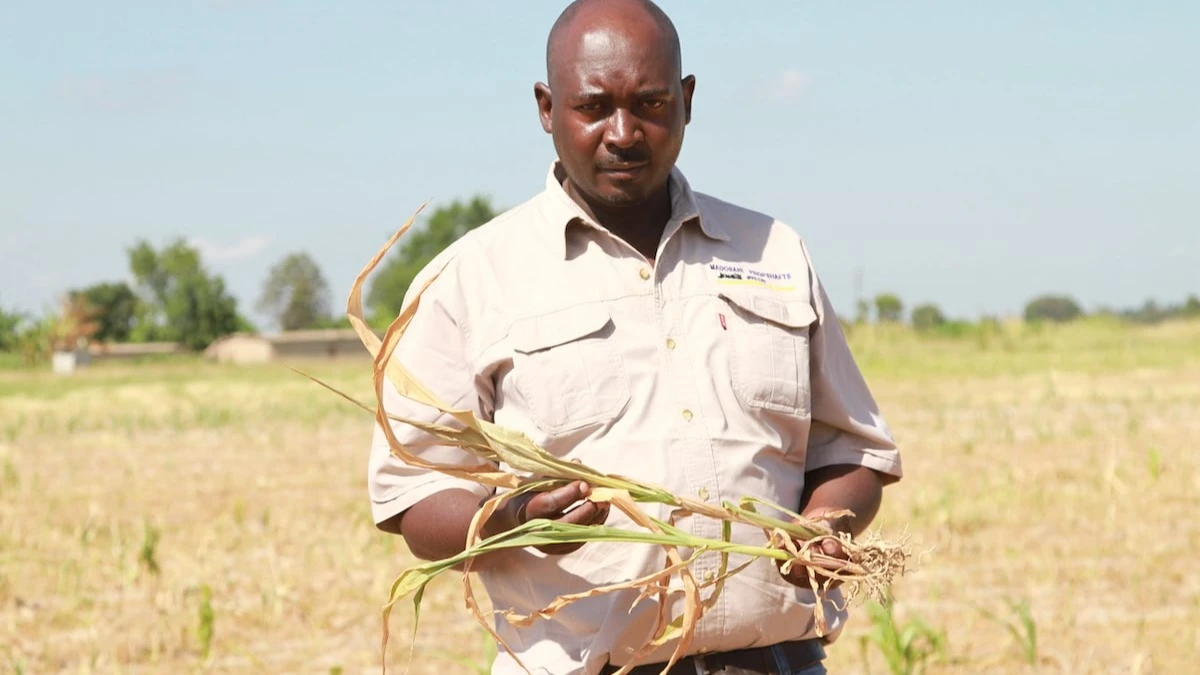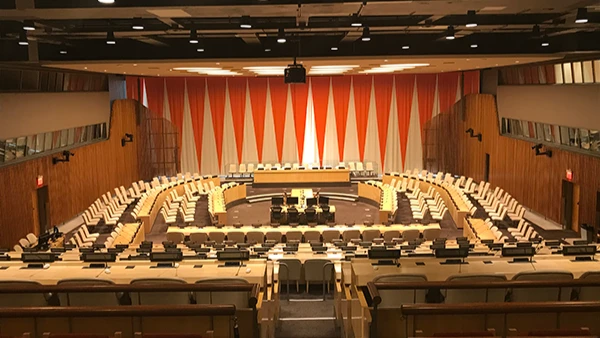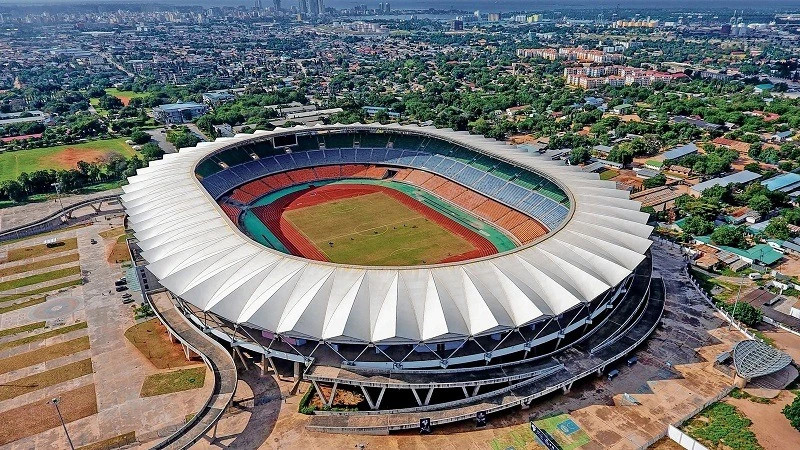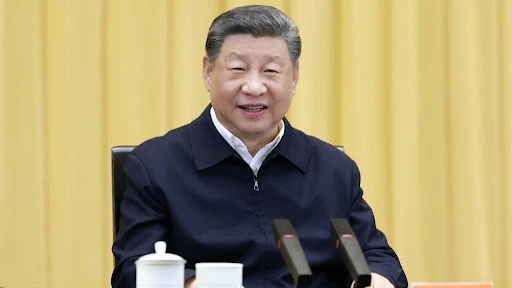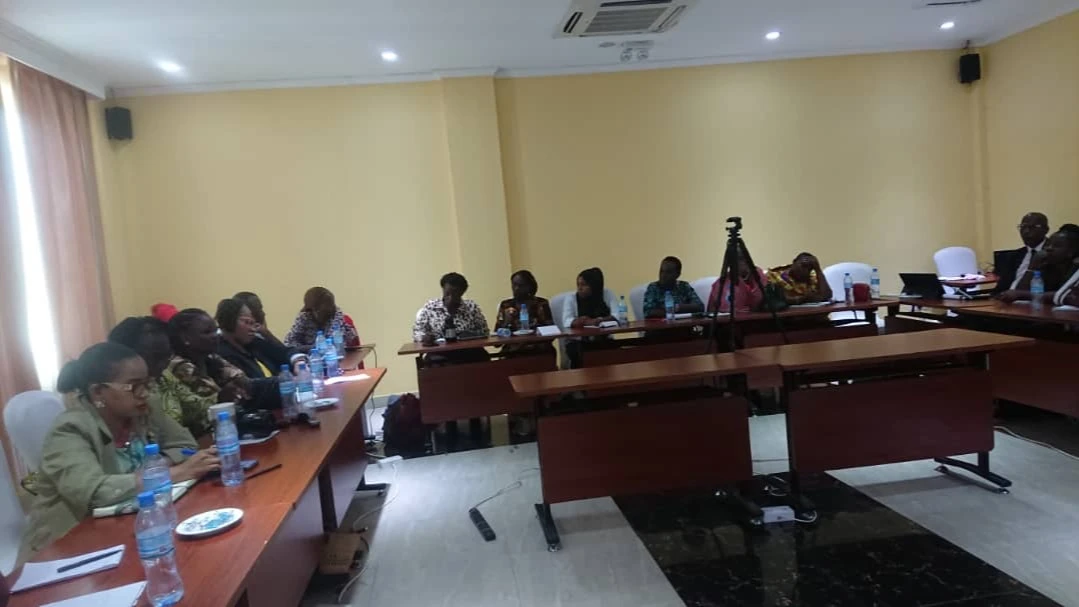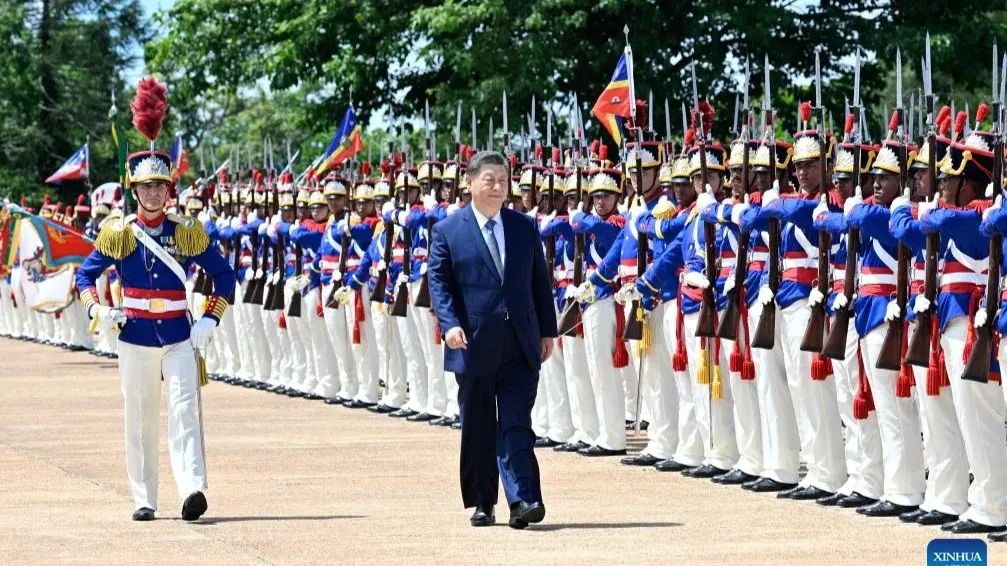Addressing emerging market financing in global context

THE International Monetary Fund (IMF’s) Global Financial Stability Report 2025, which provides an assessment of global financial systems and markets, and addresses emerging market financing in a global context, is scheduled for launch on April 22, 2025.
The report “focuses on current market conditions, highlighting systemic issues that could pose a risk to financial stability and sustained market access by emerging market borrowers,” reads part of IMF’s statement on this global event.
According to IMF, speakers will include Tobias Adrian, IMF Financial Counsellor and Director, Monetary and Capital Markets Department, Jason Wu, Assistant Director, Monetary and Capital Markets Department, Caio Ferreira, Deputy Division Chief, Monetary and Capital Markets Department, and the moderator will be Meera Louis, IMF Communications Officer.
Chapter 2 of the report, which speaks about ‘geopolitical risks: implications for asset prices and financial stability’, has been released for public consumption. Part of this chapter says the impact of geopolitical risks on asset prices may vary across asset classes, sectors, and countries.
It gives an example of supply-chain disruptions that may increase commodity prices, but decrease stock prices if the disruptions are expected to have an adverse effect on economic activity.
On differences that may arise across sectors it says the energy sector may benefit if supply-chain disruptions raise oil prices, whereas energy-dependent sectors are likely to suffer in such a case. “The effect on countries is likely to differ as well depending on their economic and structural characteristics. For example, commodity-exporting countries may benefit if commodity prices rise in response to a geopolitical risk event,” the chapter says.
Additionally, it says countries directly involved in a geopolitical risk event may experience more severe outcomes from physical damage (to infrastructure, production facilities, civilian deaths, injuries, and displacement) or the imposition of trade restrictions (tariffs, nontariff barriers) and financial restrictions (capital controls, sanctions, and international asset freezing), whereas the impacts may be less severe in other countries.
Thus, Chapter 2 assesses the impact of geopolitical risk events on prices of financial assets and discusses potential policy measures for maintaining financial stability. It says an increase in geopolitical risk can have an impact on prices of financial assets through two key channels, namely it can affect prices through an economic channel, whereby the threat or realisation of geopolitically motivated restrictions on trade and financial transactions disrupts supply chains, reverses capital flows, or inflicts adverse demand shocks in the economy targeted by the restrictions, directly affecting prices of financial and real assets.
“These changes can also affect asset prices indirectly through policy response to macroeconomic developments, such as growth and inflation. In cases of military conflicts, actual or expected damage to physical infrastructure, production facilities, and civilians and the resulting reduction in domestic and external demand can undermine investment and economic activity, with an impact on asset prices.”
Last year IMF launched a similar report titled “Global Financial Stability Report: The Last Mile: Financial Vulnerabilities and Risks 2024”. The report assessed key vulnerabilities the global financial system was exposed to. It sought to play a role in preventing crises by highlighting policies intended to mitigate systemic risks, thereby contributing to global financial stability and the sustained economic growth of IMF’s member countries.
Among the policy recommendations was that central banks should avoid premature monetary easing and appropriately push back against overly optimistic market expectations for policy rate cuts that could add to the easing of financial conditions and complicate the last mile of disinflation. Another policy recommendation was that authorities should strengthen efforts to contain debt vulnerabilities, including in emerging market and frontier economies.
It also recommended that supervisory and regulatory authorities should use appropriate tools, including stress tests and early corrective action, to ensure that banks and nonbank financial institutions are resilient to strains in commercial and residential real estate and to the credit cycle downturn.
According to an open educational resource (OER), an emerging market is that which has some characteristics of a developed market, but does not fully meet its standards, and a frontier economy is a developing country market economy more advanced than a least-developed country (LDC), but not yet mature enough to be classified as an emerging market. It is characterised by higher potential returns, low correlation with established markets, and some degree of risk.
Last year’s report says it was agreed that countries should boost long‑term growth by implementing well‑designed, cost‑effective fiscal policies that promote innovation and facilitate technology diffusion. It was emphasised that policies should avoid protectionist measures.
Therefore, the world looks forward to the launch of IMF’s Global Financial Stability Report 2025 which will have insights into how various economies can address emerging market financing in the global context and keep at bay risk to financial stability and sustained market access by emerging market borrowers (various businesses and governments).
Top Headlines
© 2025 IPPMEDIA.COM. ALL RIGHTS RESERVED




